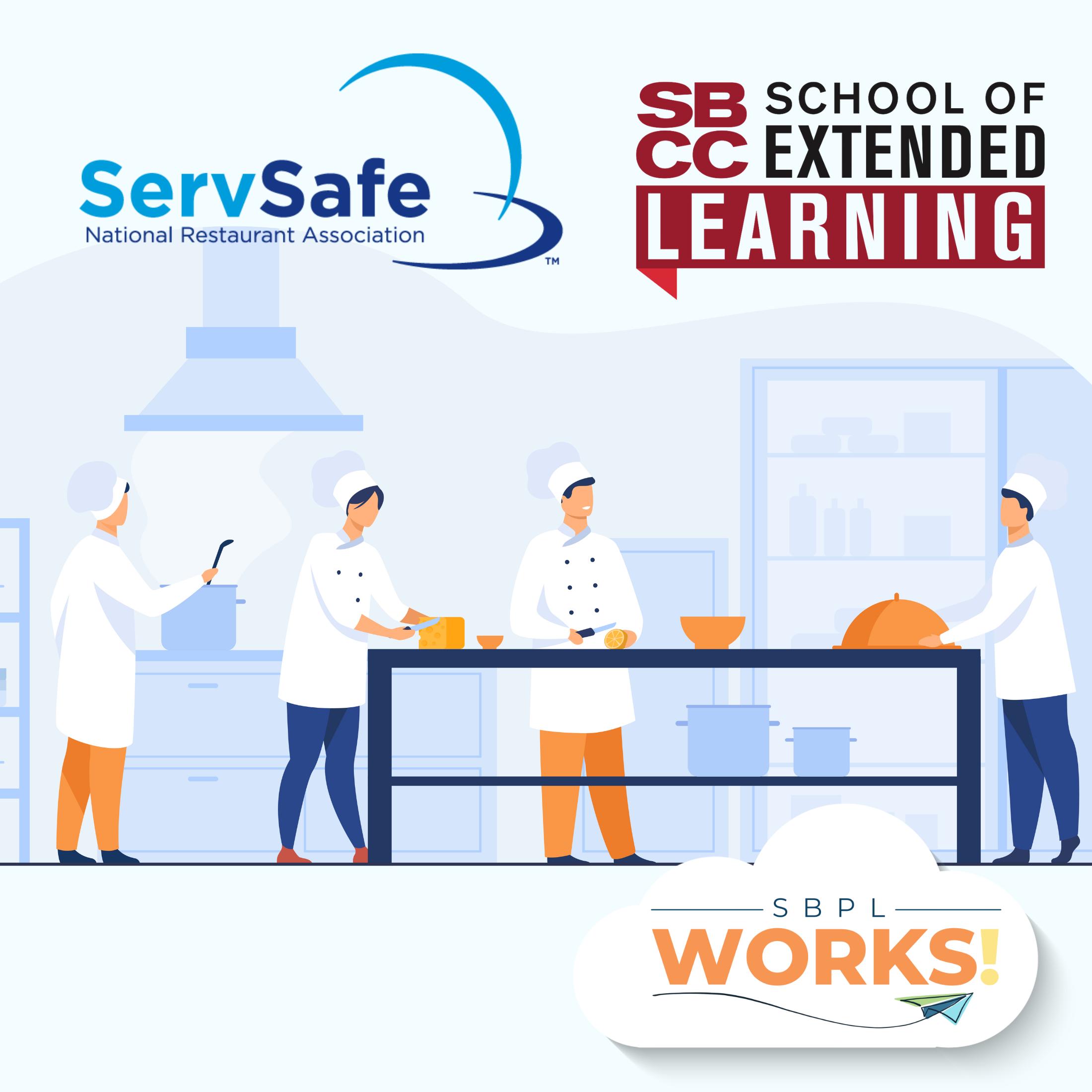How to Improve Your Abilities with ServSafe Certifications for Food Safety Excellence
How to Improve Your Abilities with ServSafe Certifications for Food Safety Excellence
Blog Article
Effective and fast Food Handlers Educating for Accreditation
In the food service sector, the value of efficient and rapid food handlers educating for certification can not be overstated. Sufficient training ensures that employees are well-informed concerning essential food safety techniques, eventually securing public health and wellness and boosting functional performance.
Importance of Food Safety Training
Although food safety training might feel like a basic need for food handlers, its importance can not be overstated. The food market is inherently susceptible to a selection of wellness risks, including foodborne ailments that can emerge from incorrect handling, storage, and prep work practices. Reliable training outfits food handlers with the expertise needed to minimize these dangers, thus guaranteeing the safety and top quality of the food being served.
Additionally, food safety training promotes a culture of accountability and persistance among team. When staff members recognize the important duty they play in maintaining health criteria, they are most likely to adhere to protocols and report prospective threats. This proactive method not only secures consumers however also enhances the track record of the facility.
In enhancement, conformity with nationwide and regional guidelines often mandates food safety training. Failure to fulfill these needs can result in extreme penalties, consisting of fines or perhaps the closure of a business. Thus, buying comprehensive food safety training is not simply a legal procedure yet a calculated decision that safeguards public wellness and maintains service stability. Eventually, the relevance of food security training extends beyond individual duty; it is a foundational element that supports the honesty of the entire food supply chain.
Secret Elements of Training Programs

Firstly, the training content must cover crucial subjects such as cross-contamination, proper food storage, temperature control, and personal hygiene techniques (servsafe manager). This makes certain that food handlers are skilled in the important concepts of food safety
Secondly, the training methods utilized in training programs play a vital role in boosting understanding and retention. Making use of a mix of interactive methods, such as hands-on demonstrations, seminar, and multimedia discussions, can cater to diverse understanding designs and boost involvement.
Lastly, durable evaluation approaches are important for evaluating the effectiveness of the training program. Executing tests, functional analyses, and real-world situations not only aids in strengthening knowledge yet additionally ensures that food handlers can apply what they have discovered in their everyday tasks.
Advantages of Rapid Qualification
Fast certification in food handling offers countless advantages, especially in today's hectic food sector. One of the most significant benefits is the ability to quickly outfit workers with important expertise and abilities, making certain compliance with health guidelines. This speeds up the onboarding process, permitting dining establishments and food service facilities to preserve procedures without extensive delays.
Furthermore, quick certification programs are often extra obtainable, accommodating a varied series of finding out styles and schedules. These programs usually use appealing techniques such as on-line modules or interactive workshops, which can boost retention of vital info.

Additionally, rapid certification can reduce the risk of foodborne diseases, which can substantially impact a service's credibility and lower line. By making certain that all staff members are quickly trained and certified, establishments can foster a society of food security, ultimately benefiting both the service and its clients. In general, fast certification represents a critical advantage in a competitive market.
Tips for Efficient Implementation

Effective execution of food trainer training programs is essential for optimizing the advantages of quick certification. To achieve this, companies ought to begin by plainly defining their training goals and aligning them with regulative needs. This guarantees that all required topics are covered adequately.
Using technology can streamline the training process. Online modules enable versatile organizing, allowing employees to complete training at their benefit while lowering downtime. Integrating interactive aspects, such as tests and scenario-based understanding, can improve involvement and retention of information.
It is likewise important to develop a structured timeline for training sessions, permitting sufficient time for both instruction and practical application - servsafe food handler. This might consist of hands-on demonstrations of appropriate food managing techniques, which are important for reinforcing discovering
Routine communication with team about training expectations and results fosters a culture of responsibility and urges involvement. Finally, supplying accessibility to extra resources and assistance materials can enhance understanding and attend to any kind of remaining inquiries.
Assessing Educating Efficiency
Evaluating the effectiveness of food trainer training programs is vital for making certain that workers not only obtain the necessary knowledge however likewise use it in their day-to-day jobs. A detailed examination procedure can include numerous methods, including pre- and post-training assessments, straight monitorings of food managing techniques, and worker feedback studies.
Pre- and post-training assessments aid to determine the knowledge gotten by workers, providing measurable data that can indicate the performance of the training material. servsafe food handler. These assessments should cover vital servsafe subjects such as food safety laws, individual health standards, and cross-contamination avoidance
Straight monitorings of staff members in their workplace are crucial for evaluating the practical application of learned skills. Monitorings enable trainers and administration to recognize areas where workers might have a hard time and need additional support or re-training.
Moreover, gathering feedback via surveys from individuals can supply understandings into the training's importance, pacing, and overall efficiency. Engaging workers in this comments process can promote a society of continual enhancement.
Verdict
In conclusion, quick and reliable food trainers educating for accreditation is vital for maintaining high food safety requirements. Continual analysis of training efficiency further makes sure that food security techniques continue to be current and reliable in a vibrant market environment.
In the food solution industry, the value of fast and reliable food trainers educating for certification can not be overemphasized.Although food security training might seem like a fundamental requirement for food trainers, its relevance can not be overstated. Effective training equips food handlers with the expertise necessary to mitigate these risks, consequently making sure the security and high quality of the food being served.
Ultimately, the significance of food security training prolongs past private obligation; it is a foundational element that supports the honesty of the whole food supply chain.
In conclusion, quick and effective food trainers training for qualification is crucial for keeping high food security criteria.
Report this page